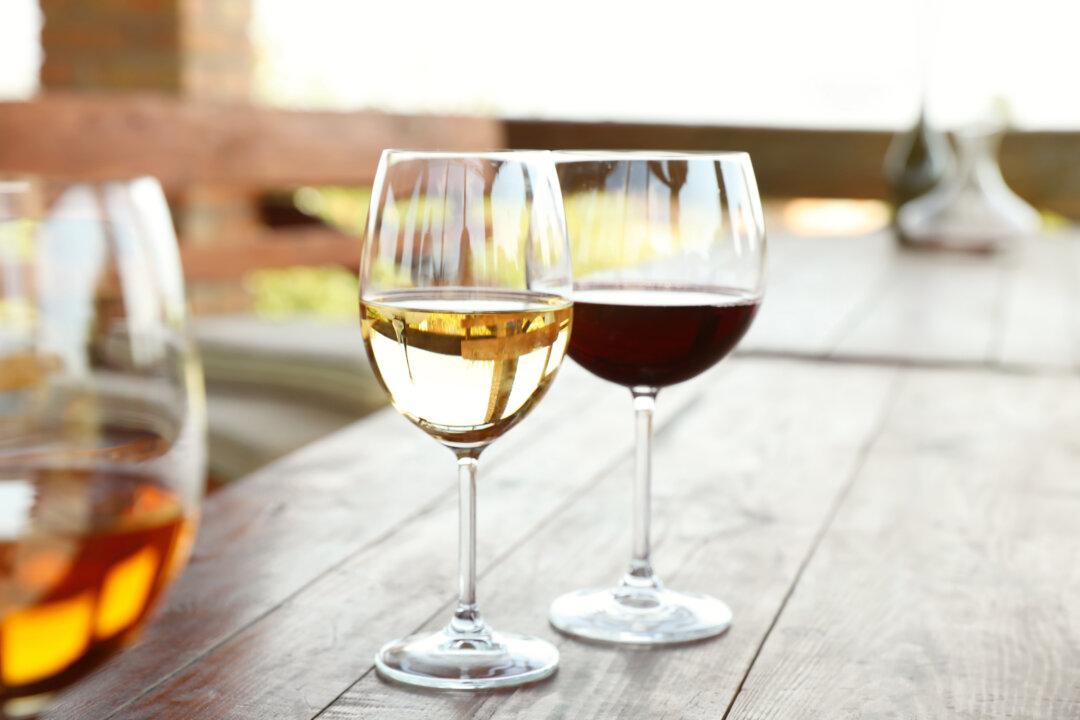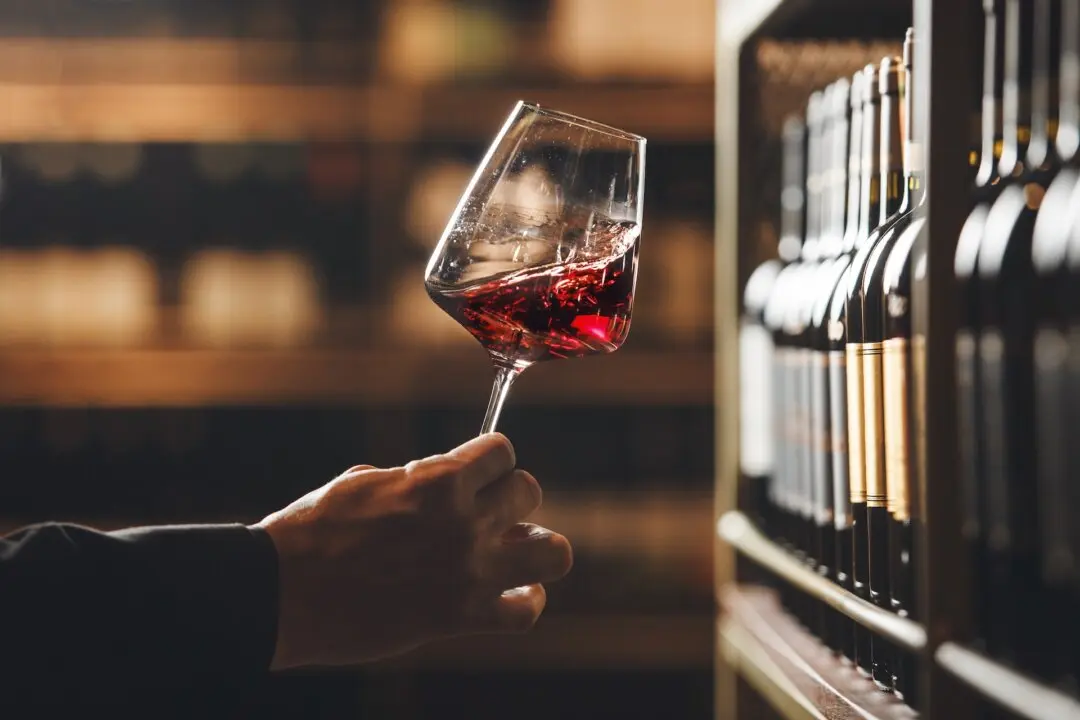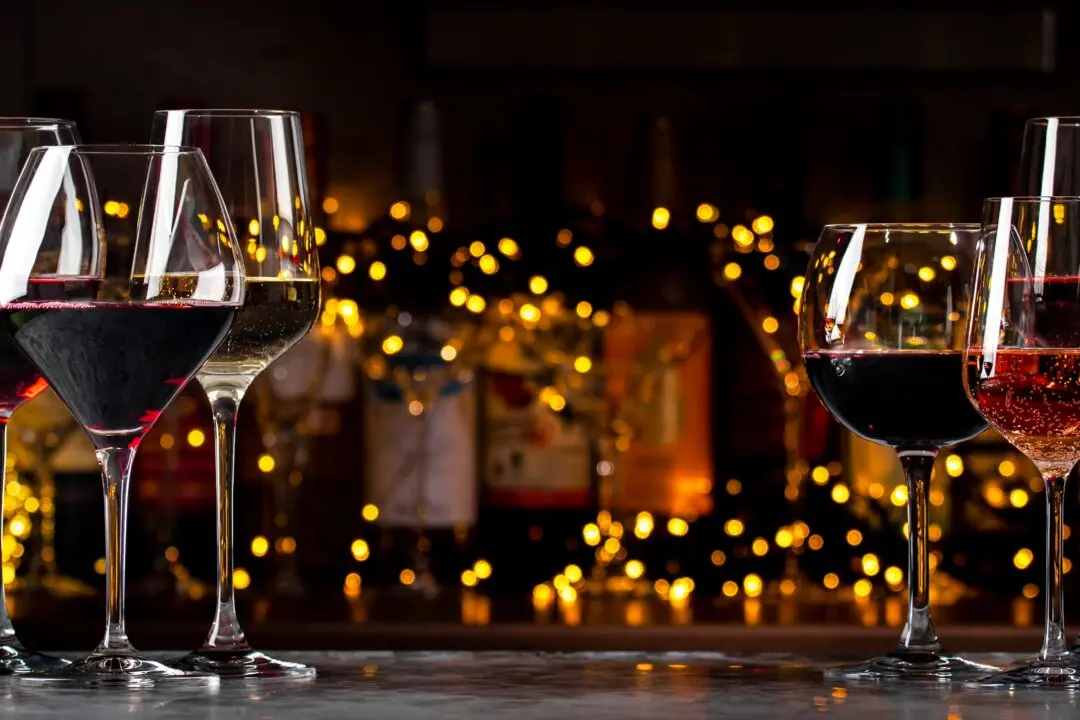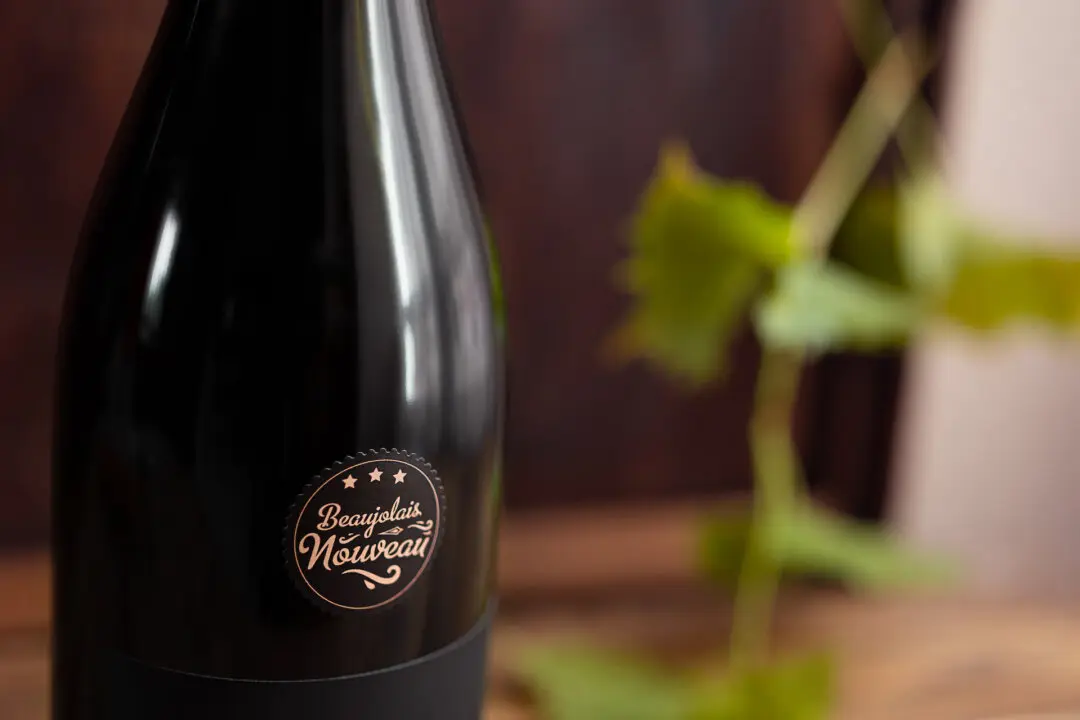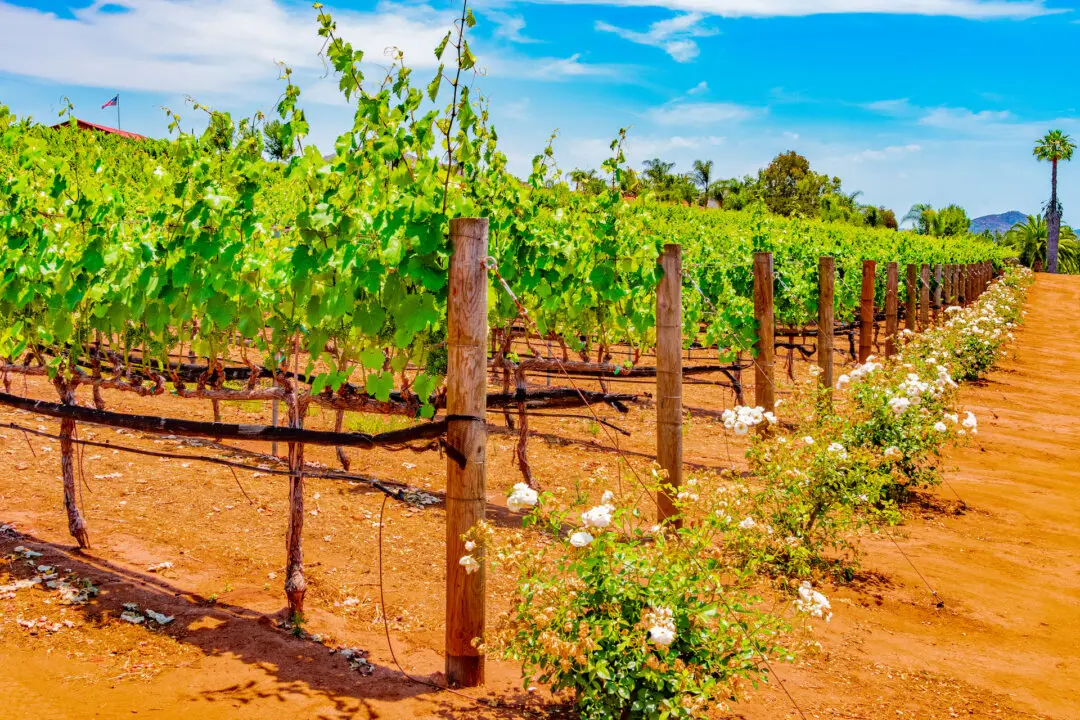If you’re planning to have a bottle of bubbly to celebrate the new year, chances are pretty good that the wine will be either white or pink; the amount of red sparkling wine in this world is so small you may never see one.
Sparkling white wines are a festive way to celebrate New Year’s Eve. Whether it’s a $6 bottle or an exalted French Champagne at 10 times that, the world loves to celebrate with anything containing bubbles.

